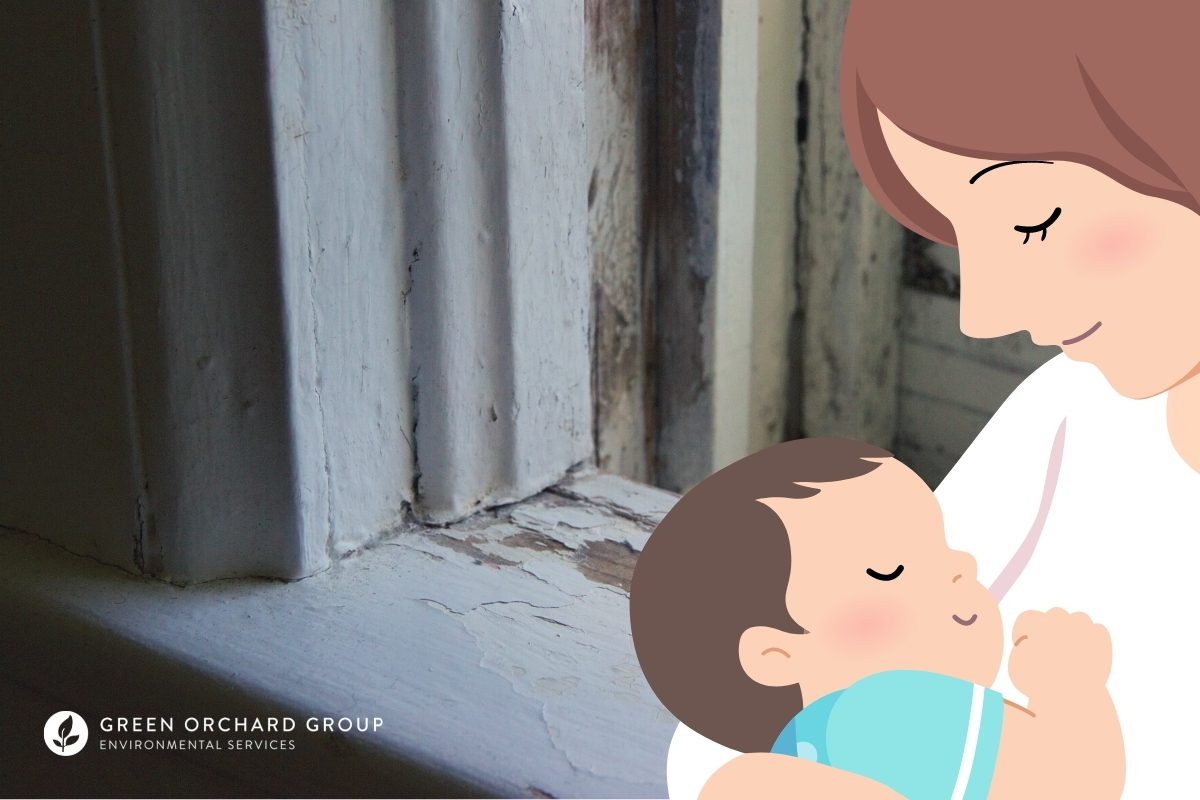
Do you have concerns about lead paint, or suspect that there is paint in your home that might contain lead? It can be tricky to confirm if the paint in an old home is lead-based or not, but here are 5 common signs of lead paint to look out for.
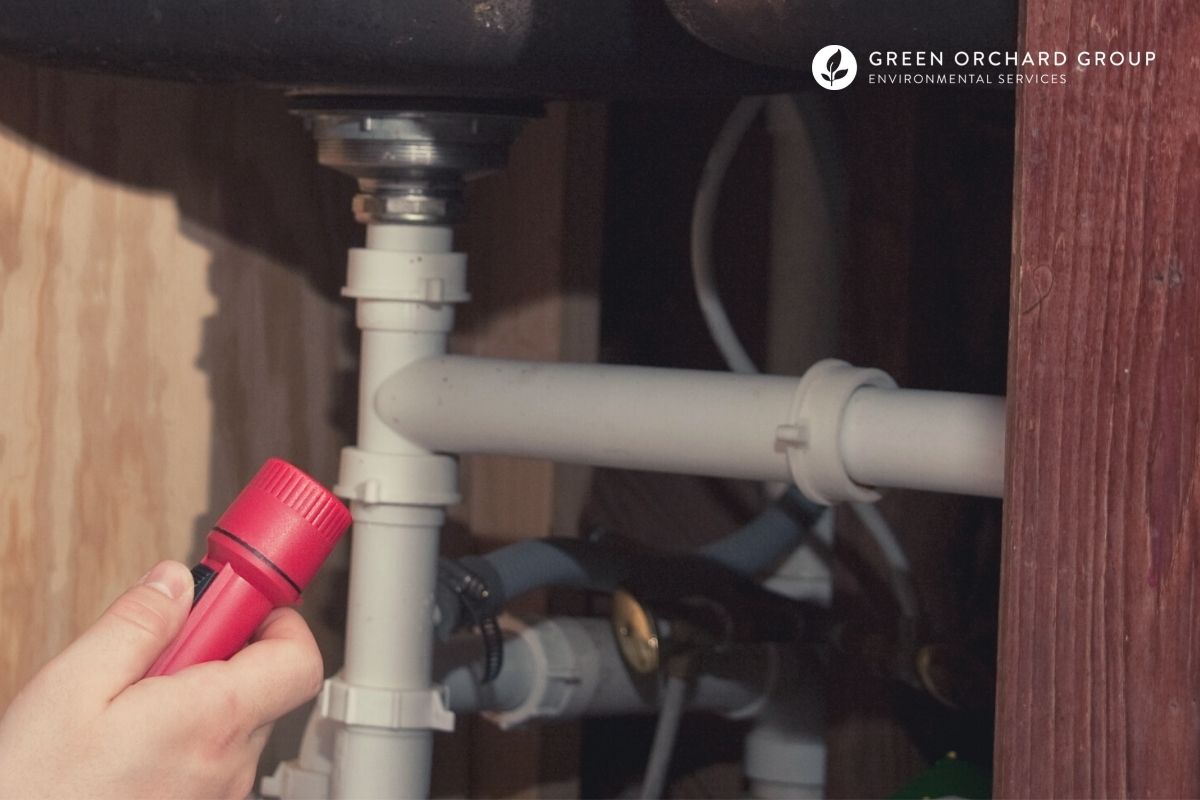
Finding and identifying mold growth early can help protect you and your family from the negative health effects of mold exposure. If you suspect that mold might be growing in your house or apartment, here’s how to perform a simple self-inspection.
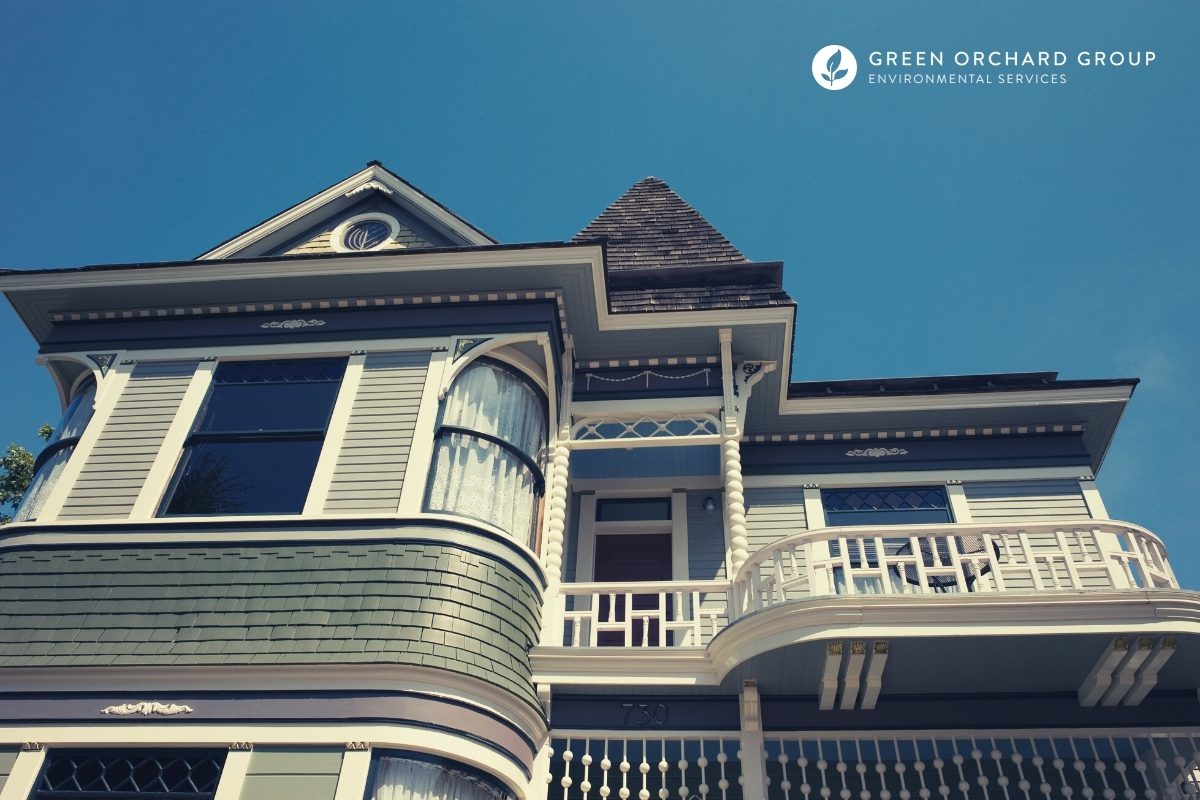
Are you considering buying a home or house that was built before 1978? There are several reasons why a homebuyer should consider getting a lead inspection or testing before buying a house with lead paint.
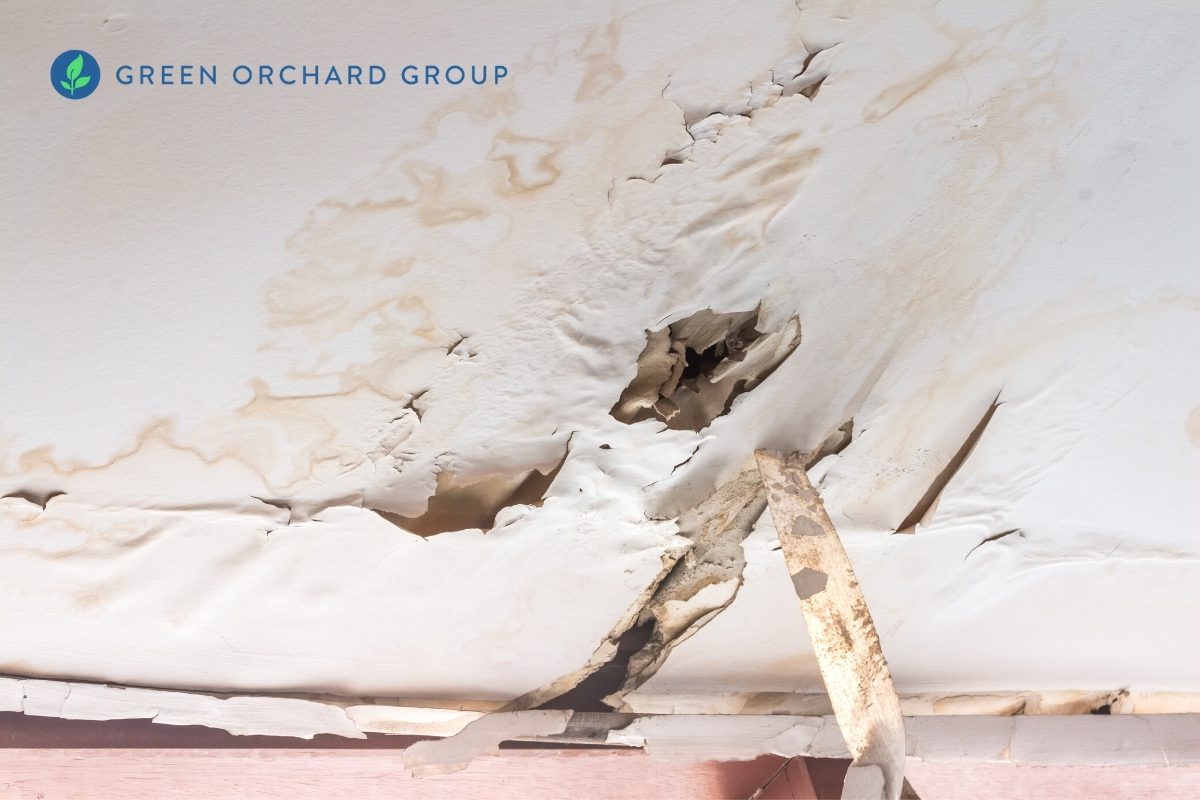
There are many factors that contribute to the speed of mold growth, such as the presence of mold spores, the species of mold, temperature and humidity, and the types of surfaces affected. A general rule of thumb is that mold can start to develop on surfaces within 24 to 48 hours of water exposure.
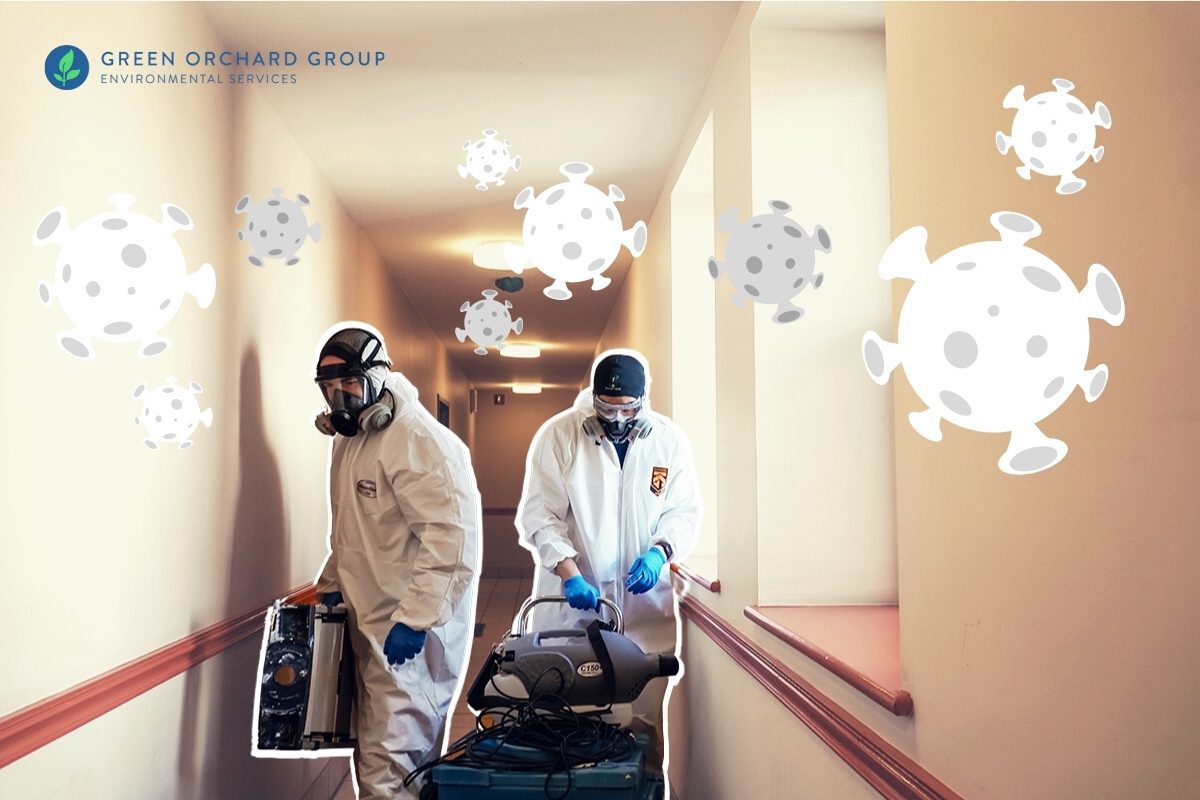
Need office disinfection services? Green Orchard Group offers professional coronavirus sanitizing & disinfection services for offices and businesses around New York City.
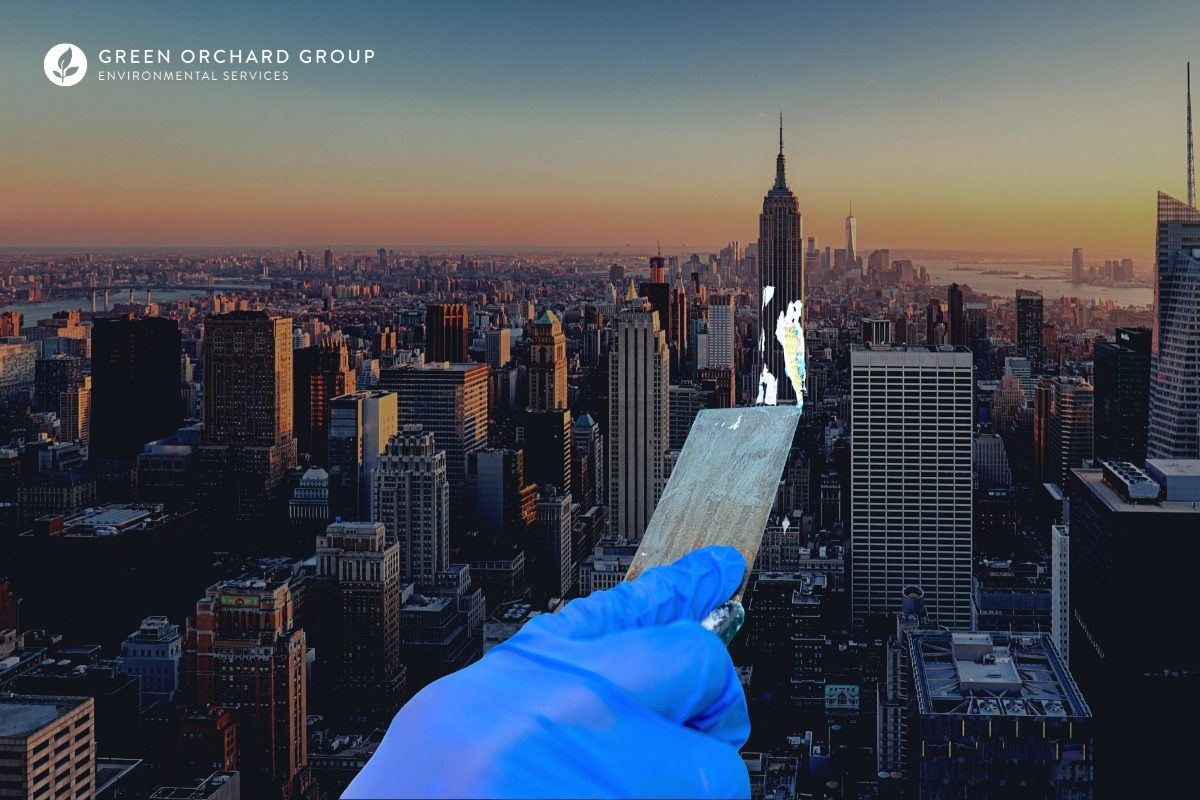
In 2004, New York City passed the “NYC Childhood Lead Poisoning Prevention Act,” a comprehensive set of housing laws aimed at eliminating the threat of lead-based paint and protecting kids from lead poisoning. These laws became commonly referred to as Local Law 1 of 2004.
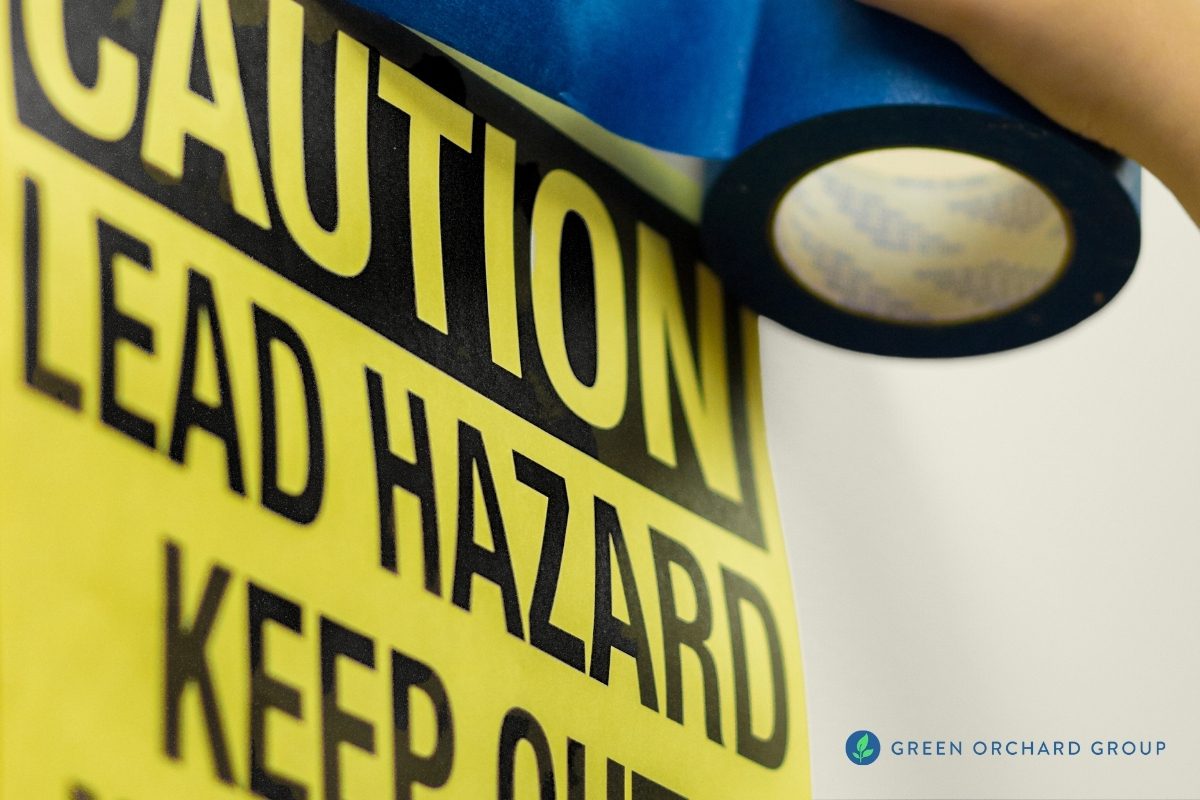
If you’re living in an apartment or home built before 1978, there’s a chance that it may contain lead paint. Communication is key in keeping your home and children safe from potential lead poisoning. Both tenants and landlords should work together to identify and prevent lead-based paint hazards.

Do you have or suspect potentially dangerous lead paint in your building or home? Are you wondering if it’s safe to paint over it? As EPA-certified lead professionals, we’ll break down and explain when and how you can paint over lead paint.
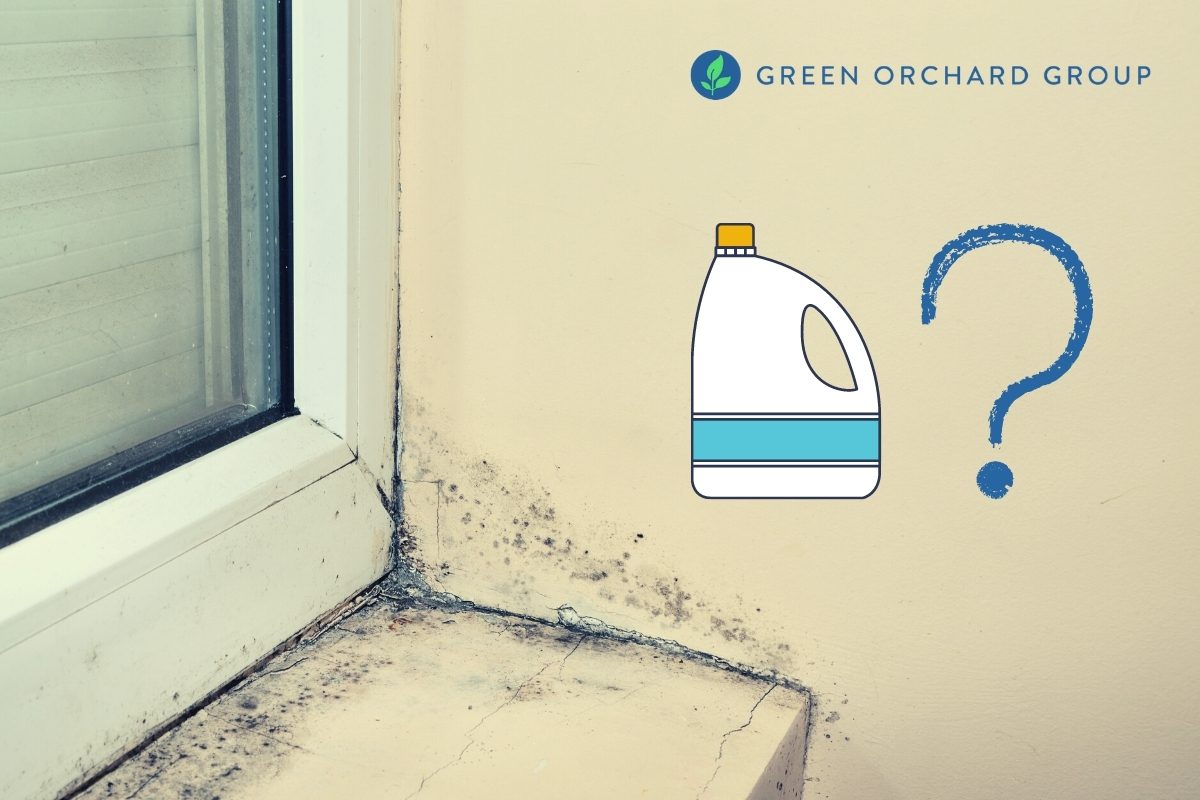
If you’ve discovered mold growing in your home, especially after a flood or water damage, bleach might be one of the first solutions that come to mind. Under certain conditions, bleach can effectively kill mold — but it’s often not the optimal approach.

This week, a report from the NYC Department of Health details the spread of the New York variant and the U.K. variant. Findings show that the proportion of COVID-19 variants is increasing in all five boroughs.